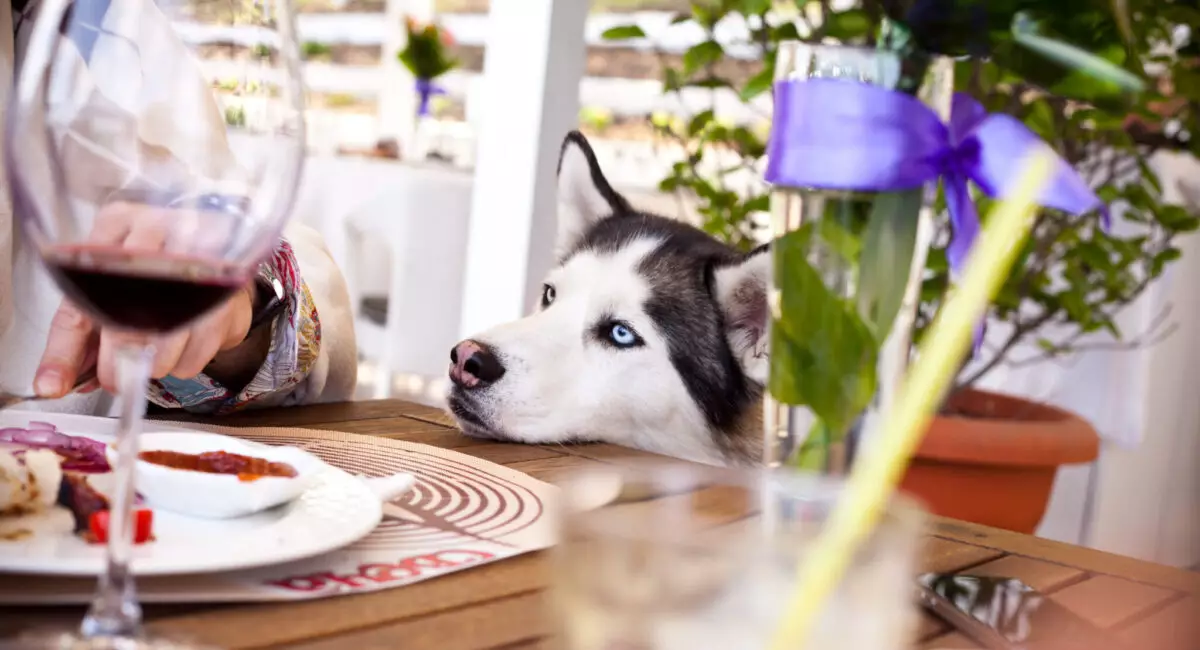Sharing a meal with your four-legged friend can provoke mixed feelings. While the companionship of our dogs enriches our dining experience, their penchant for sitting too closely, pleading glances, or outright food theft can turn pleasant mealtimes into a frustrating encounter. Luckily, numerous strategies can help facilitate a more peaceful atmosphere at the dinner table, allowing both humans and dogs to enjoy their meals without conflict. Let’s delve into some effective methods for training your canine companion to be a more polite guest during mealtimes.
One of the most crucial tools in the dog-parent toolkit is the ‘leave it’ command. This command instructs your dog to disregard a specific item, whether that is food or an object not meant for them. The effectiveness of this command lies in its simplicity; once mastered, it requires only a single, firm command to keep your dog from stealing food or begging. Consistent practice and lots of patience will be necessary, but, in the end, the investment of time pays off when meals become more peaceful.
Another handy approach is to train your dog to go to a designated spot during meals. This could be a comfortable mat or bed situated just a few feet away from the dining table. The key is to place it where your dog can still observe, minimizing feelings of exclusion. Over time, by establishing a routine where they associate their spot with mealtimes, your dog will start to disengage from the hustle and bustle of your dining activities, lessening the likelihood of interruptions.
Feeding your dog simultaneously as you eat can also significantly mitigate begging behaviors. When your dog is preoccupied with their meal, they are less likely to shift their focus to your plate. Whether you utilize a crate or a specific area in your house for feeding, this synchronized mealtime acts as a gentle reminder that each of you has your own food, promoting a sense of peace.
Avoid Reinforcing Begging
It’s critical to avoid inadvertently rewarding your dog when they beg. If your pup receives even a crumb for their persistence just once, they will likely continue the behavior. Making sure that all family members—and any guests—understand this policy is key to preventing conflicting signals that may lead to confusion and reinforce begging behavior.
Positive Reinforcement Is Key
Using positive reinforcement can transform your dog’s behavior during meals. Whenever your dog stays calm or remains on their mat, reward them with a treat or verbal praise. This strategy encourages them to understand the actions you expect. The more consistently you reinforce good behavior without catering to begging, the more your dog will grasp that good manners yield rewards.
To assist in the training process, it is beneficial to minimize your dog’s opportunities to snag food that isn’t theirs. Storing your meals out of reach or investing in dog-proof containers can create an obstacle between them and the tempting food. The fewer chances they have to successfully steal food, the quicker they will learn what is and isn’t accessible.
For dogs who can’t handle being in the same space while you eat, consider providing them with engagement toys, such as puzzle feeders or chew toys. These distractions can entertain your dog and keep them occupied while you enjoy your meal in peace. The right toy can augment mealtime by providing mental stimulation alongside physical separation.
A Balance of Calm and Play
Physical activity can dramatically sway your dog’s demeanor around mealtime. Before dinner, take the time to engage in a walk or a play session with them. Burning off excess energy will make them more likely to relax when mealtime rolls around. A dog who is mentally and physically stimulated is less inclined to focus on what’s on your plate.
Using Ties and Leashes Wisely
Another short-term strategy is to use a tie-down or leash temporarily. This technique allows your dog to remain near while also limiting the distance they can oscillate around the table. Giving your dog a chew toy or bone during this time can help reinforce calm behavior and keep them engaged.
Children often inadvertently contribute to begging behaviors, whether out of love for their furry friends or sheer distraction. Educating children on not feeding dogs from the table can help greatly. Instead, guide them to keep food out of reach where dogs are concerned and to be mindful of their movements while eating.
Ultimately, cultivating a respectful dining atmosphere with your dog is an ongoing journey that requires consistency, patience, and positive reinforcement. By implementing various training techniques and setting firm boundaries, you can enhance your mealtime experience, allowing you both to savor your respective meals without the pressure of eager doggy eyes fixated on your plate. Over time, with adherence to these strategies, your dog can learn to be a delightful and polite dinner companion.


Leave a Reply